The Working Wonders blog

What's new in Optimus 2025.1 — More Power, Control and Efficiency
We’re excited to announce the release of Optimus 2025.1, packed with powerful new features and enhancements designed to give simulation engineers, designers, and product owners more control, flexibility, and efficiency in their workflows.
Read More
R&D: The Centre of Innovation in Engineering
Coming back from the holidays, I’m still reeling into our dinner table conversations linger with my family, my partner, his brothers (all PhDs), and their equally accomplished spouses — engineers and professors — filled the room with animated discussions about the latest trends in automotive and software industries. As the laughter and debates flowed, one topic stood out for me amidst the chatter: the critical role of R&D in driving innovation and keeping organizations ahead in a competitive world.
Read More
Bringing AI to Engineering Postprocessing: The Story Behind Optimus AI Postprocessing
If you’ve ever been knee-deep in engineering simulations, you know the drill. You run different methods and various analyses, generate a mountain of results – then you want to extract knowledge out of it. The first step to gather information is to visualize your results in well-established pre-built visualization tools. They are great for a basic or a preliminary analysis of your data, but what about taking a step further – generating a postprocessing view with new or specific parameters that are not available in your dataset yet, or even analyze and compare multiple methods or just a subset of your data?
Read More
Are siloed engineering teams draining your resources and slowing down innovation?
Engineering simulation workflows need to be tightly integrated and interoperable between teams to boost innovation. Learn how id8 can do that.
Digital engineering is the new norm of today’s modern engineering design process. This transformation is fueled by the need for increased speed, efficiency, accuracy, and innovation. However, while digital tools have enhanced individual workflows, the broader engineering ecosystem often remains fragmented.
Read More
Maximizing the value of your engineering data: How id8 enhances and accelerates product development
Simulation solutions have long enabled companies to develop complex products more efficiently. By reducing reliance on costly physical prototypes, improving product quality, and shortening development cycles, simulation tools offer significant advantages. However, they also generate massive amounts of data, and too often, the knowledge from this data is trapped in silos—limiting its potential impact.

Transforming product development with the id8 cloud platform
Top 3 challenges of modern engineering and how collaboration enables organizations overcome these challenges and to empower teams, streamline processes, and redefine product development in the digital age.
Read More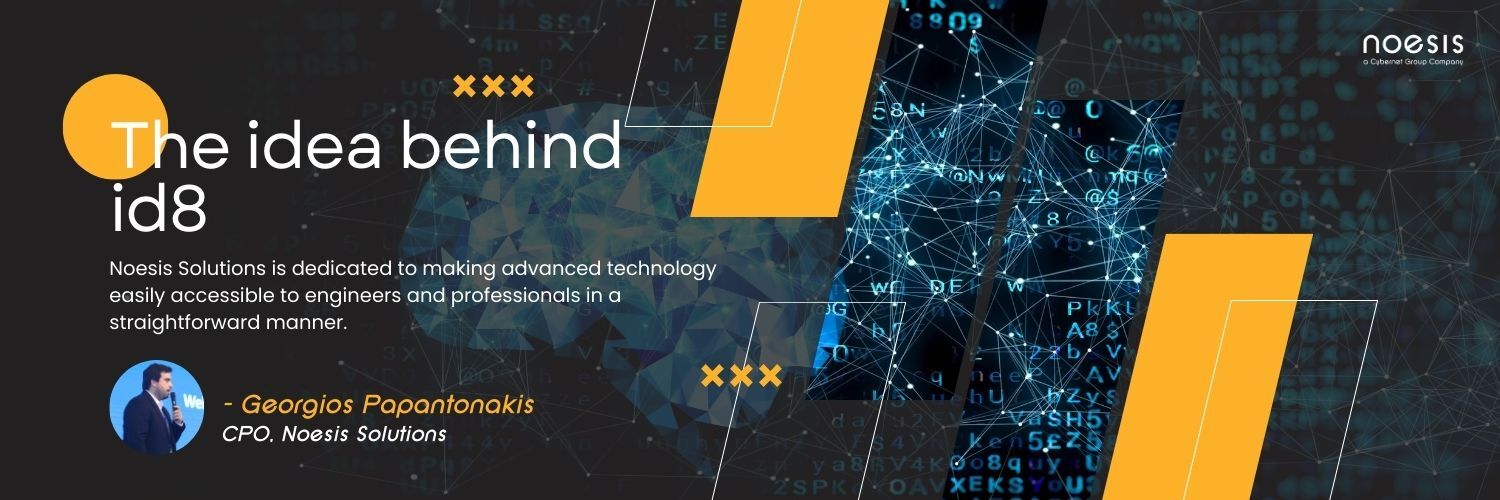
The idea behind id8
Having the customers at the centre of innovation has driven successful business and product roadmaps at Noesis Solutions for many years. In the last two decades of pioneering innovation, we have an in-depth understanding of the integration and automation of engineering workflows and its role to obtain conceptual knowledge in the early stages of the design process. But this understanding also led us to grasp the fact that evolving alongside industry trends is no longer a choice to thrive in the ever-changing landscape of digital engineering.
Read More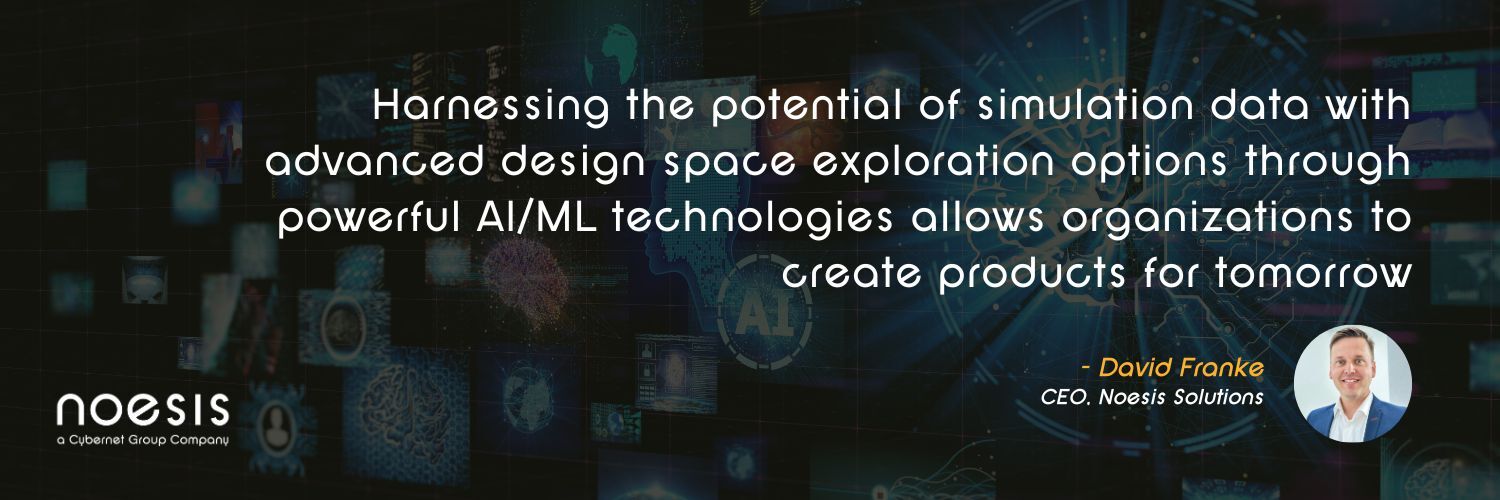
Fast Tracking Next Generation Product Development
With virtually limitless computational resources, organizations can execute complex simulation analyses at an unparalleled speed, enabling rapid iterations and significantly reducing time-to-insight - an interaction with David Franke, CEO, Noesis Solutions.
Read More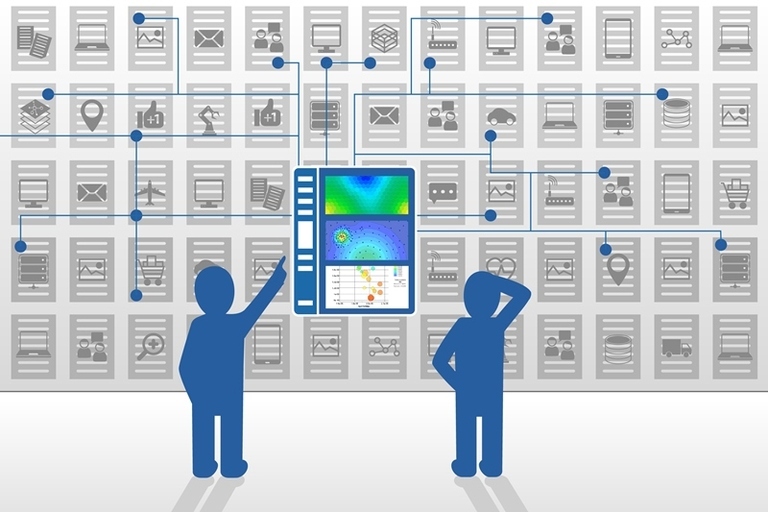
Exploiting engineering data to build decision metrics (2/2)
In our previous blog post, we’ve discussed Cluster Analysis in detail. Cluster Analysis (or clustering) is a so-called unsupervised machine learning approach available to Optimus users to help them structure their engineering data sets. In this post, we’re digging deeper into another unsupervised machine learning technique available in Optimus, the Self-Organizing Maps (SOM).
Read More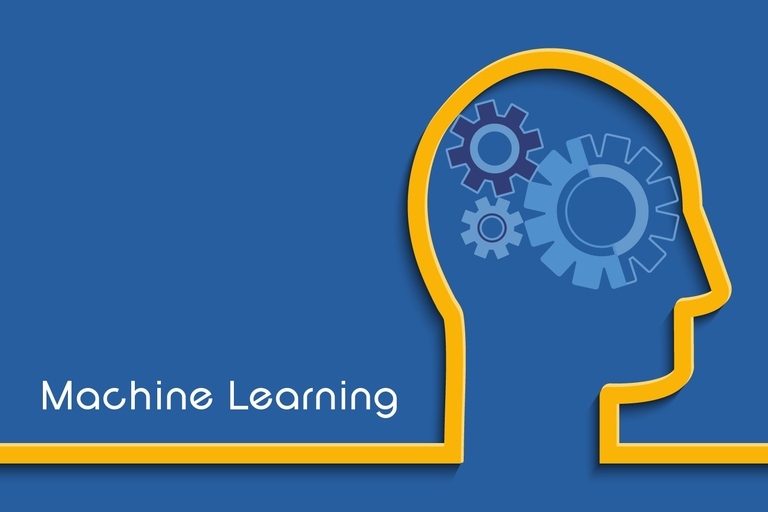
Exploiting engineering data to build decision metrics
Engineers regularly get buried under massive amounts of data generated through simulation and physical testing. As a result they spend a lot of time and effort to access and identify the data that matter most – assuming they have sufficient time to exploit all the data and turn these into decision metrics.
Read More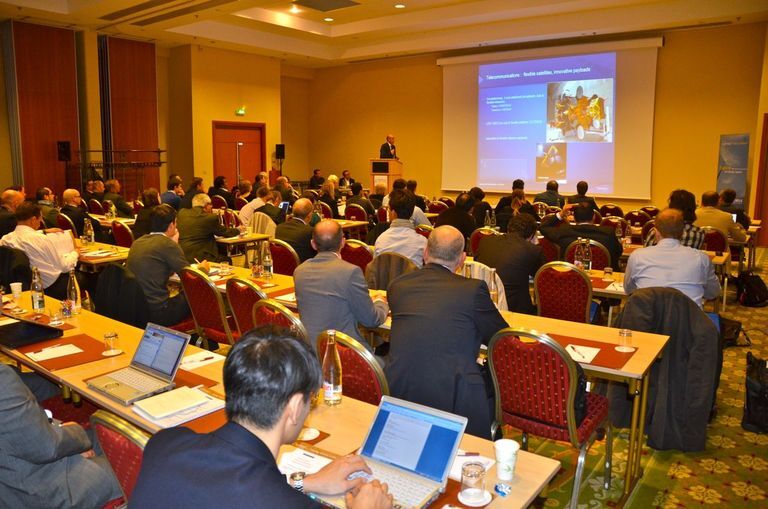
A manufacturer’s perspective on critical PIDO advancements
Meeting up with leading manufacturers at last year’s Optimus World Conference provided great opportunity to learn about their latest process integration and design optimization (PIDO) achievements. They clearly expressed that more Optimus PIDO technology advancements will play a critical role in meeting the development challenges they see ahead of them.
Read More©2025 Noesis Solutions • Use of this website is subject to our legal disclaimer
Cookie policy • Cookie Settings • Privacy Notice • Design & Development by Zenjoy